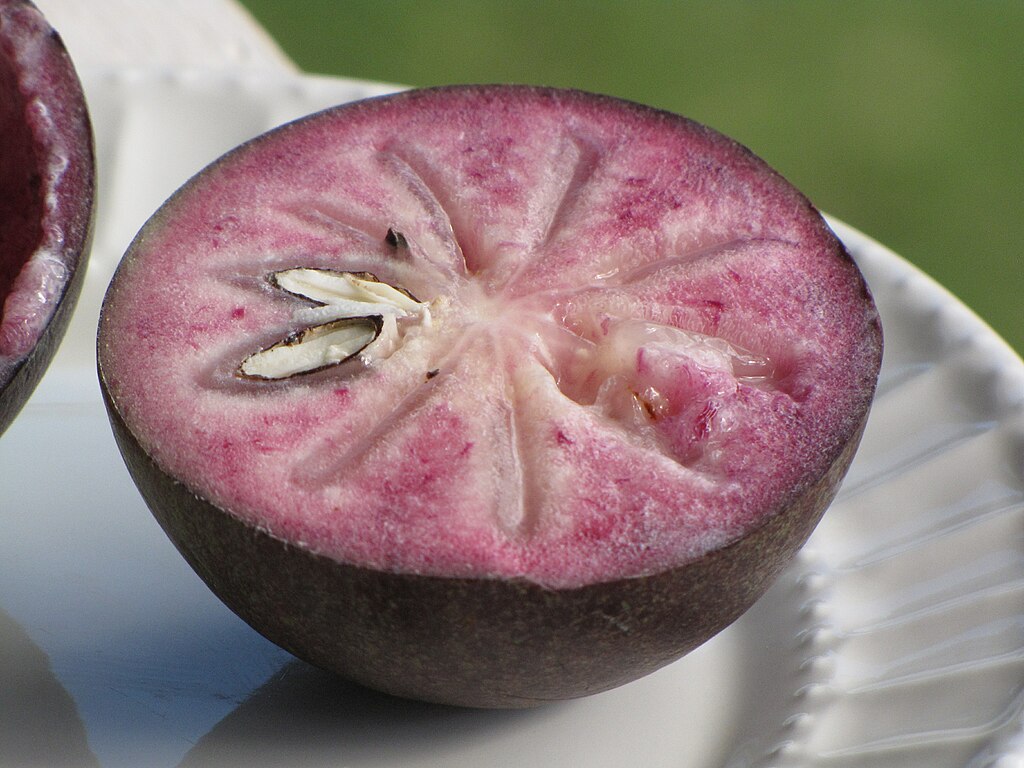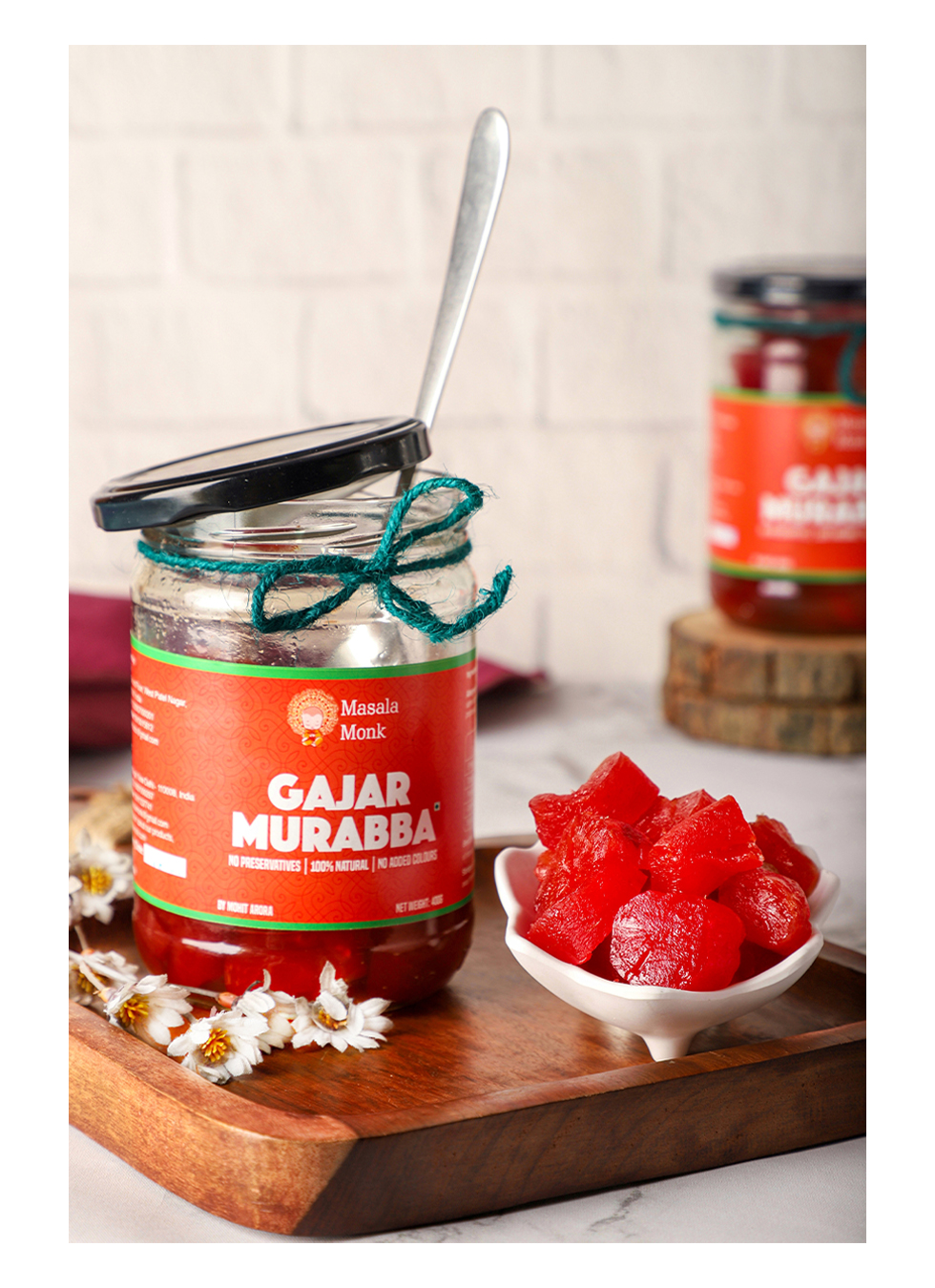
Introduction: 🔥🌶️ Prepare for an explosive culinary battle as we dive into the scorching world of superhot chilies, pitting the renowned Ghost Pepper against the fiery Carolina Reaper. These two chili varieties have gained legendary status for their intense heat and are not for the faint of heart. In this article, we’ll explore the origins, heat levels, flavor profiles, culinary uses, and even the health considerations of the Ghost Pepper and Carolina Reaper. Join us as we embark on a fiery journey of chili comparison! 🔥🌶️
Understanding the Ghost Pepper:
The Ghost Pepper, scientifically known as Capsicum chinense, hails from the Northeastern regions of India, particularly Assam, Nagaland, and Manipur. Here’s a closer look at this inferno in chili form:
1. Heat Level: The Fire Within The Ghost Pepper has long been recognized as one of the hottest chilies in the world. It held the title of the world’s hottest chili from 2007 to 2011. On the Scoville Heat Unit (SHU) scale, it ranges from 800,000 to over 1 million, delivering an intense and lingering heat that can challenge even the most seasoned chili enthusiasts.
2. Flavor Profile: A Dance of Heat and Flavor Beyond its fiery heat, the Ghost Pepper offers a unique flavor profile. It has a subtly sweet and fruity taste with hints of citrus and a smoky undertone. The flavor is often overshadowed by the intense heat, but when used judiciously, it can add depth to dishes and sauces, creating a tantalizing balance between heat and flavor.
3. Culinary Uses: Harnessing the Inferno The Ghost Pepper is typically used sparingly in cooking due to its extreme heat. It can add a fiery kick to salsas, hot sauces, curries, and chili. Chefs and home cooks alike use it to elevate the heat level in dishes where a bold and intense spiciness is desired. However, it’s crucial to exercise caution and use it in moderation to prevent overpowering the dish.
Understanding the Carolina Reaper:
The Carolina Reaper, scientifically known as Capsicum chinense ‘HP22B’, is a chili pepper hybrid created by Ed Currie of PuckerButt Pepper Company in South Carolina, USA. Let’s explore this scorching chili in detail:
1. Heat Level: Pushing the Boundaries The Carolina Reaper holds the current title of the world’s hottest chili pepper. Developed in 2013, it surpasses the Ghost Pepper in terms of heat, clocking in at over 1.5 million to 2.2 million SHU, making it an absolute inferno of spiciness. It’s important to handle Carolina Reapers with extreme caution and respect for their mind-blowing heat.
2. Flavor Profile: A Fiery Symphony Despite its searing heat, the Carolina Reaper offers a unique flavor profile. It has fruity and sweet undertones with a hint of bitterness. The flavor can vary, with some noting hints of tropical fruitiness such as berry-like flavors, and others perceiving a smoky or earthy quality. The heat is the centerpiece, but the Reaper’s flavor adds complexity to any dish it graces.
3. Culinary Uses: Embracing the Heat Due to its extreme heat, the Carolina Reaper is used sparingly in culinary applications. It’s often incorporated into hot sauces, chili extracts, and spicy snacks for those seeking an intense heat experience. A small amount of Carolina Reaper can provide an intense burn to any dish, so it’s important to use it with caution and carefully balance the heat level.
Ghost Pepper vs. Carolina Reaper: A Fiery Showdown:
1. Heat Level:
- Ghost Pepper: Ranging from 800,000 to over 1 million SHU, the Ghost Pepper delivers an intense and lingering heat that can leave you breathless. It’s essential to handle Ghost Peppers with extreme caution due to their blistering spiciness.
- Carolina Reaper: With its over 1.5 million to 2.2 million SHU, the Carolina Reaper takes heat to a whole new level, pushing the boundaries of spiciness with its fiery punch. It’s one of the hottest chilies on the planet and requires careful handling.
2. Flavor Profile:
- Ghost Pepper: Alongside its fiery heat, the Ghost Pepper offers a subtly sweet and fruity flavor with hints of citrus and smokiness. When used in moderation, it can add depth and complexity to various dishes.
- Carolina Reaper: In addition to its mind-bending heat, the Carolina Reaper boasts fruity and sweet undertones, with variations in flavor perception. Its unique flavor profile adds a remarkable dimension to any culinary creation.
3. Culinary Uses:
- Ghost Pepper: The Ghost Pepper is sparingly used in cooking due to its extreme heat. It can add a fiery kick to salsas, hot sauces, curries, and chili. Chefs and home cooks appreciate its ability to intensify heat levels while infusing dishes with its distinct flavor.
- Carolina Reaper: The Carolina Reaper’s extreme heat makes it suitable for those seeking an unparalleled spiciness. It is commonly incorporated into hot sauces, chili extracts, and products for chili enthusiasts looking for an intense chili experience.
Cautionary Notes and Handling:
When working with superhot chilies like the Ghost Pepper and Carolina Reaper, it’s essential to exercise caution and follow these guidelines:
- Always wear gloves when handling these chilies to avoid direct contact with the skin, as they can cause intense burning sensations.
- Use these chilies sparingly in your recipes, gradually increasing the amount to achieve your desired level of heat.
- Remember that the heat levels may vary between individual peppers, even within the same variety.
Conclusion: 🔥🌶️ The Ghost Pepper and Carolina Reaper stand at the summit of heat in the chili world, offering a fiery experience that pushes the limits of spiciness. While the Ghost Pepper impresses with its intense heat and subtly sweet flavor, the Carolina Reaper takes the crown as the world’s hottest chili pepper, delivering an unparalleled burn alongside its fruity undertones.
Embrace the heat and explore the possibilities of incorporating the Ghost Pepper or Carolina Reaper into your culinary creations. But remember, always handle them with extreme caution and respect their fiery nature. These superhot chilies have rightfully earned their place in the hearts of heat-seeking chili enthusiasts.
💬 Join the conversation in the vibrant Eatlo community, where chili enthusiasts gather to discuss their love for all things spicy. Share your experiences, recipes, and connect with fellow heat seekers. Click here to join: Eatlo Community
Blog Tags: Ghost Pepper, Carolina Reaper, superhot chilies, heat level, flavor profile, culinary uses, chili enthusiasts, Eatlo community












